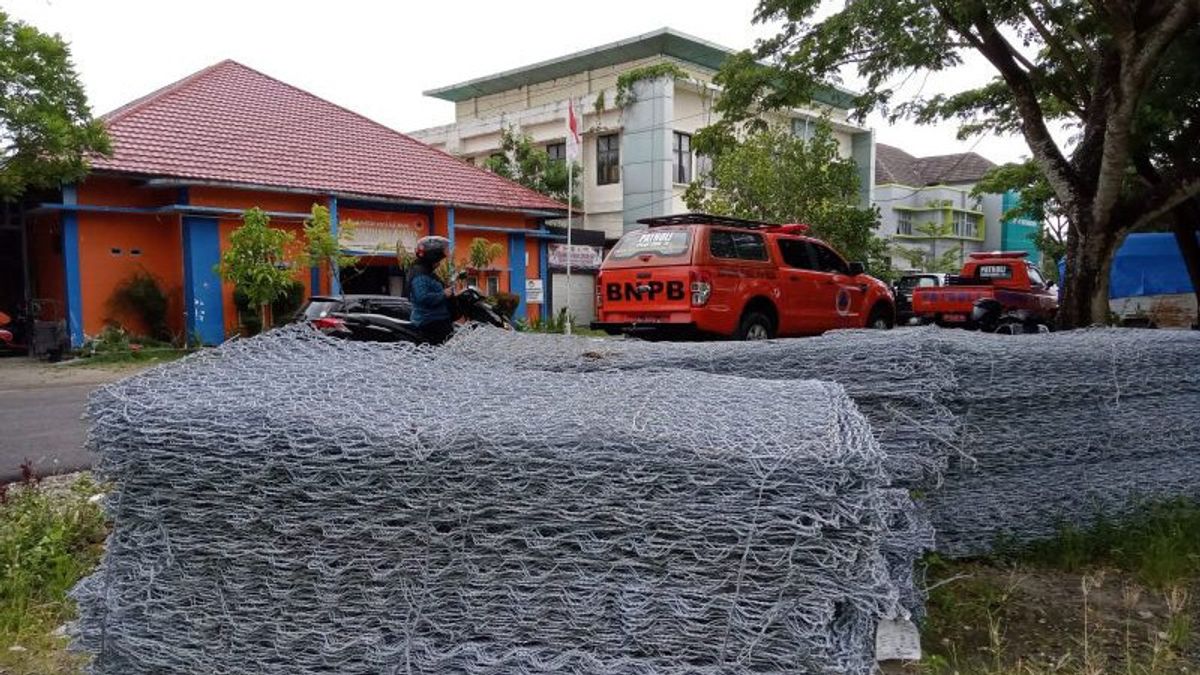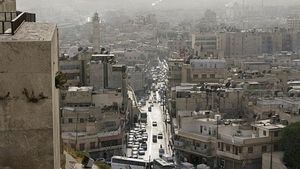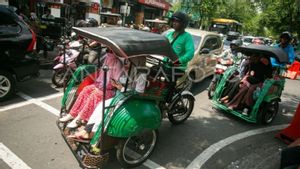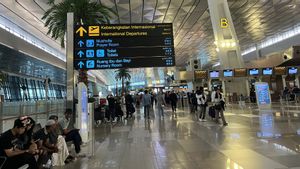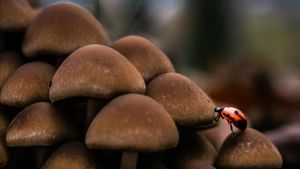NTB - Mapak Indah coastal area, Sekarbela, Mataram City, West Nusa Tenggara (NTB), which was hit by abrasion was installed in ovals. The costs required to carry out the ions reached Rp1.5 billion to Rp2 billion.
"The budget of around Rp1.5 billion to Rp2 billion is currently still in the revised stage at the Regional Disaster Management Agency (BPBD) with the Inspectorate and we have not received the latest information. The exact figure is in BPBD," said Head of the Mataram City Public Works and Spatial Planning (PUPR). Miftahurrahman in Mataram, NTB, Friday, January 27, Friday, January 27, was confiscated by Antara.
Miftahurrahman mengatakan, kebutuhan anggaran untuk pemasangan beronjong itu diajukan melalui dana tanggap darurat dan kemungkinan akan melalui proses tender.
According to him, the PUPR Service, in this case, is helping with technical problems and currently the installation of gadings is still temporarily postponed because tidal waves are still happening starting at 10.00 WITA and above.
"In such conditions, we cannot dig heavy equipment for the installation of ovals. So we are waiting for improving conditions and the budget is available," he said.
Head of BPBD Mataram City Mahfuddin Noor previously said that the ionjong would be built in Mapak Indah along 250-300 meters to the north and south of Mapak Indah, by prioritizing areas that have residential areas.
The number of gadings that have been installed today is only four boxes. One box is two meters long, one meter wide, and 50 centimeters high.
"The four gapped boxes spent four cubic stones, because one box was gapped with one cubic rock," he said.
In addition to being installed with ovals, BPBD has also installed around 300 special sacks containing waves containing sand, and until now it is still intact even though it is buried in sand.
"The special wave-resistant sack is assistance from the River Basin Center (BWS) measuring 1x1 meters with a certain thickness so that it is not easily washed away by waves," he said.
It is hoped that through these efforts, it can minimize the impact of tidal waves in the future. Even after the ovals have been completed, the city government will carry out reforestation by planting trees that have strong and special roots in coastal areas.
"For example, waru trees, sea contamination, and other types," he said.
The English, Chinese, Japanese, Arabic, and French versions are automatically generated by the AI. So there may still be inaccuracies in translating, please always see Indonesian as our main language. (system supported by DigitalSiber.id)
